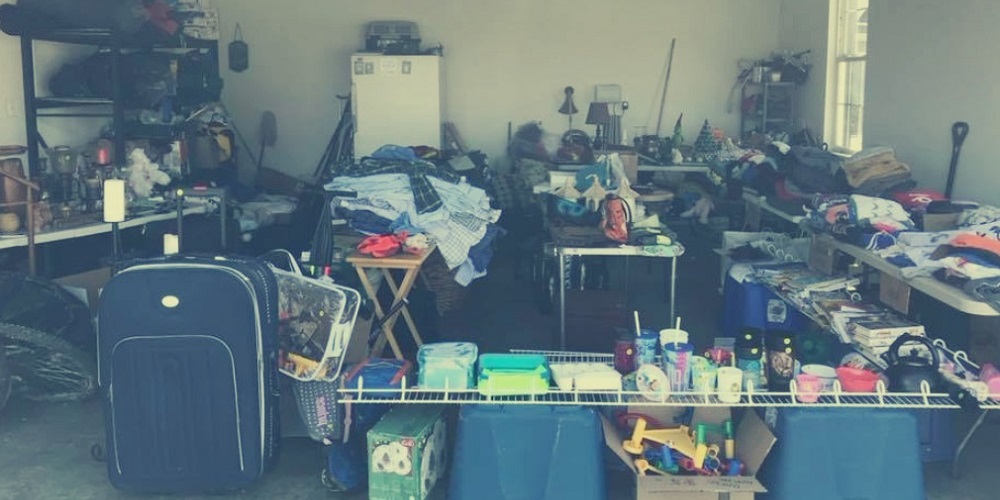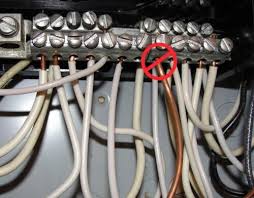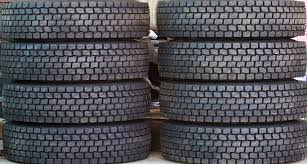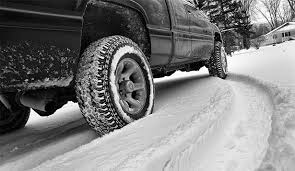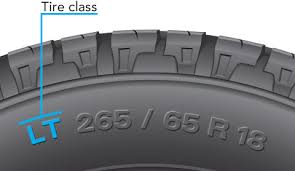Laminate Flooring – Everything you need to know
If you’re planning to update the floors in your home, laminate flooring can be an excellent choice. This durable flooring comes in a wide variety of colors, styles, and quality levels. Before you take the plunge and remodel your home, it’s important to know more about this type of flooring so you can decide if it’s right for you. From style and brand names to the pros and cons, read on to discover everything you need to know about laminate flooring.
The Pros & Cons of Laminate Flooring
As with any home project or finish, there are several benefits and drawbacks to installing laminate flooring in your home. Let’s take a closer look at some of the pros and cons to give you a clearer idea of whether laminate flooring is right for you.
PROS
- Laminate comes in planks or tiles, which makes it easy to recreate your desired look.
- Laminate flooring is easy to install with edges and ends that snap together. No nails are required which means you can install laminate flooring yourself as an easy DIY upgrade.
- The thin foam cushion underlayment makes laminate quiet and comfortable to walk on.
- No trees are used to manufacture laminate flooring, which means it’s a good option if you’re concerned about issues like deforestation and sustainability.
- No VOCs (volatile organic compounds) are released from laminate since there is no need to use glue or other adhesives.
- Laminate is exceptionally durable, making it a prime choice for busy households. It’s also very easy to keep clean with regular sweeping and occasional mopping.
CONS
- While laminate flooring is affordable, it’s not usually the prime choice for homebuyers, who typically prefer hardwood or tile.
- Laminate is vulnerable to moisture damage so it should not be installed in basements or areas where a lot of moisture is present.
- If you want to install laminate in the bathroom, all of the edges must be glued, and the perimeter must be sealed with caulk at installation.
- If you’re concerned about the environment, the protective wear layer on laminate is not biodegradable.

How is Laminate Flooring Made?
Laminate Flooring is made up of 4 separate layers with the main component being a HDF core ( high-density wood fibre) . HDF is made from compressed wood fibres extracted from wood chips. Depending on the quality of the floor, the HDF core will vary in a few common ways:
- Resistance to Moisture
- Thickness
- Density
Extra moisture resistance in a laminate floors core can be very welcome in rooms such as kitchens and bathrooms. Waterproof laminate can also be helpful when there are pets around.
A thicker HDF core board will often provide a stronger more robust floor.
Increased density in the HDF will give enhanced protection against chips and premature wear.
Each large and uncut HDF sheet is finished with a balancing paper on the underside. This important base layer protects the laminate from warping or swelling easily by adding extra protection from moisture. Some cheaper laminate floors won’t have this feature, but it is something that we insist on for all for our laminates at Wood Floor Warehouse.
Decor Papers
On the top side, the HDF floor panel is finished with a decorative paper. While these are just paper-based, the decorative prints will differ, displaying a range of colours and patterns. It’s this decorative paper that will give the final colour and pattern to your finished laminate floor. Because the decorative papers can be printed with any design, there are tens of thousands of laminate flooring decors available across the world.
Wear Rating
The surface layer of all laminated flooring is the clear lamination sheet. It can vary in strength and so is commonly rated by Abrasion Class or AC for short. Abrasion Ratings will range from 1-6 with the highest offering the toughest surface which can be used for heavy commercial use. It is identified as an AC5 floor (abrasion class 5), with an infographic which depicts a commercial building and 3 people beside it. Accreditation for laminate flooring can be awarded by the EPLF , an independent organisation who test laminate flooring and award industry-standard ratings.
Embossment
After the construction of each layer is completed, the large laminated floorboard is often embossed to provide a textured surface and enhanced resistance to slipping. In a top-rated board, the embossed texture will often follow the pattern of the decorative paper underneath, resulting in a more realistic looking and feeling floor. For example, the embossment may follow the lines of the wood grain on the decorative print below.
The cutting stage can now begin. The large, finished HDF sheets are sliced down to the required size. A common size is 200mm wide and 1200mm long planks. This size can be easily handled by the end-user. As technology has improved, the range of sizes available has also increased. Long and wide plank laminate flooring and large tile effect laminates are becoming more and more popular. Planks are machined to add a click profile to the long and short end of the board. Often a beveled edge (or V-groove) will be added to the top side of the laminate floor at this stage.
Packaging
Finally, the individual planks are packed into open-top cardboard boxes. These are then sealed with a breathable plastic wrapping to offer protection from moisture. After being stacked on a pallet the floor can then begin its journey to a distributor or sometimes even directly to the end retailer. We always buy directly from factories across the world to enable us to achieve competitive pricing and large stock levels.

How Do I Get My Laminate Floors to Shine?
Cleaning your laminate floor with the right and laminate floor cleaner solution will go along way in keeping them shiny. Don’t be tempted to apply wax and polish on laminate to make it shiny and get rid of a dull look.
Here are ways to fix dull laminate floors
1. Vacuum or Dust Mop Your Floor
Dirt and dust particles are best removed from your laminate floor as soon as possible because they can make laminate countertops and floors dull when they leave streaks and residue buildup.
Since this type of floor is meant to be shiny, dust can leave scratch marks on the shiny laminate surface. The best way to get rid of dust is to first use the best vacuum cleaner or mop specified for wood floors.
Its good to avoid any vacuum machine with a roller brush because they can scratch and damage your flooring. You can just use a soft broom to get rid of dirt and dust particles.
2. Use the right laminate cleaners
Using cleaners that are too harsh and aggressive can damage your laminate floor and make it dull. To get rid of the dull appearance and make your laminate floor shine, use a good laminate cleaner
Keep in mind that an expensive cleaning solution doesn’t guarantee to leave a shinier floor. Select those meant for laminate floor especially commercial products.
3. Clean your floor to remove residues
Buildup of residues from bad cleaning materials and dirt are possible reasons for a dull laminate floor. You might want to clean the dirt off to get the laminate floor to shine again.
Damp-mop your floor using water or a cleaning mixture as minimally as possible. A sprayer is a good option – so spray a section at a time as you clean it before going to the next part.
Do not steam clean your laminate floor as steam is too hot and will strip away the shiny finish on your laminate floor.
You can wring your cleaning towel, piece of cloth, or even traditional mop to get rid of excess water and just leave it a little damp. Allow it to air dry.
4. Polish Your Floor
Use a dry cleaning cloth or microfiber cleaning cloth to buff your floor dry. Buff a section at a time before going to the next section to leave a nice shine on your laminate floor. Bluffing help restores and rejuvenates the laminate shine.

Cleaning Laminate Floors
It’s always important to refer to the manufacturer’s notes regarding which cleaning products should be used on your laminate. Other than that, a simple soft broom and a mop will be the only tools you’ll need to keep it looking as good as new.
There are other simple things that you can use to help with the day-to-day maintenance and keeping the floor clean.
The best cleaning products
- A doormat will help keep dirt outside rather than being walked into your home.
- The most important thing to consider when keeping your laminate flooring clean is that it is not waterproof.
- You can clean most laminate flooring with a solution of vinegar and water – mix one cup of household vinegar with one gallon of warm water. Use a slightly damp mop, ensuring you don’t over wet the floor – water can cause water spots or warping on laminate flooring.
What to do about spills and dirt
- Don’t use a soaking wet mop on laminate; if water soaks through it can seep into and under the layers causing warping.
- Any spills should be dealt with using a damp cloth and the residue wiped up with a dry cloth immediately.
- Keep the floors dirt and dust free by regularly sweeping with a soft broom or vacuuming with a hard floor attachment. A dry microfibre mop or cloth can be used to remove and collect loose dirt and dust.
What to do for an intensive clean
- For a more intensive clean, use a well-wrung microfibre mop or floor cloth with specialist cleaning fluid, ensuring the residue is dried up afterwards.
- It is not recommended that floors with bevelled edges or V grooves are ever cleaned with a damp cloth or mop. This could cause dirt to accumulate in the grooves which could prove difficult to remove.
- Sometimes there are instances when substances like candle wax or chewing gum stick to laminate. In those instances, use ice to harden it and then scrape off with a plastic scraper. Wipe clean after with a lightly damp cloth.
How to Maintain Laminate Flooring
Keeping your flooring in pristine condition might seem like a challenge, but it doesn’t have to be. Laminate flooring is a relatively low-maintenance flooring choice. There are a number of ways to maintain laminate flooring, without strenuous cleaning.
To maintain your laminate flooring, you need to:
- Take steps to prevent dirt and damage in the first place
- Clean up spills immediately
- Regularly sweep the surface of your laminate
- Use a flat-headed spray mop for a more thorough clean
- Make repairs if needed




